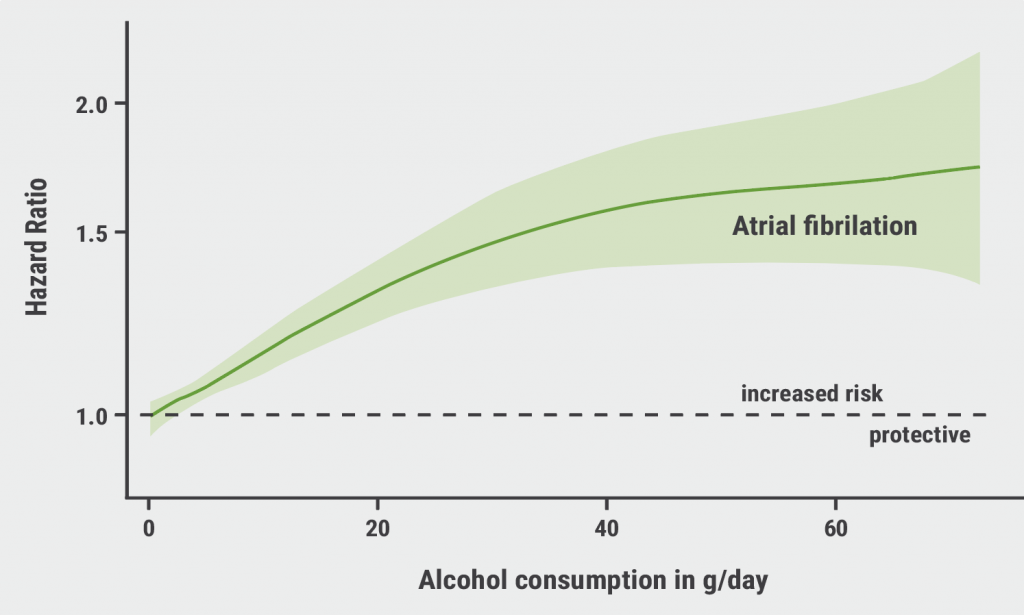The BarostimTM system successfully reduced muscle sympathetic nerve activity while demonstrating safety in a proof-of-concept phase 1 study on baroreflex stimulation in HF patients [1,2]. In the phase 2 HOPE4HF trial (NCT01720160), the BarostimTM system also appeared to be safe and effective. Recently, the baroreflex activation with BarostimTM resulted in significant improvements in exercise capacity and quality of life in the pivotal BEAT-HF study (NCT02627196) [3]. “We decided to do a meta-analysis of individual patient data of these 2 randomised trials,” stated Prof. Andrew Coats (University of Warwick, UK) [2].
Most of the inclusion criteria in the 2 studies were similar: ejection fraction ≤35%, mainly NYHA III, 6-minute hall walking distance (6MWD) between 150–400 metres, and a stable and guideline-conform therapy for 4 weeks. In BEAT-HF, participants also had a prior hospitalisation for HF, and an N-terminal pro B-type natriuretic peptide (NT-proBNP) of ≥400 pg/mL. Excluded were those with a class 1 indication for cardiac resynchronisation therapy (CRT). The demographic data of both trials were fairly similar, as were the comorbidities. For example, overall drug use was 80-84% renin-angiotensin system inhibitors and 86-95% of β-blockers.
The results of this new meta-analysis revealed significant improvements in the 6MWD by 48.5 metres as well as health status in terms of a reduction in the Minnesota Livingwith Heart Failure Questionnaire (MLWHFQ) score by 13.4 points. Furthermore, the odds ratio for an NYHA class amelioration was 3.4. As for the relative change in NT-proBNP, a trend was observed but no significance was reached. The investigation also looked at results in 4 different cohorts: A) all patients; B) only patients without CRT indication (no CRT); C) no CRT and an NT-proBNP <1,600 pg/mL; and D) NT-proBNP <1,600 pg/mL.
In general, the differences in effectiveness were not very extensive. Though in, for example, the 6MWD test, cohorts C and D had a higher improvement (63.0 and 61.2 metres, respectively) than cohorts A and B (48.5 and 50.2 metres, respectively). Looking also at subgroups by gender, Prof. Coats pointed out that the effect on 6MWD and health status was slightly better in women. “We believe BarostimTM may be a new option to improve HF symptoms and we look forward to longer term follow-up in terms of looking at more significant major clinical outcomes,” said Prof. Coats in his conclusion.
- Gronda E, et al. Eur J Heart Fail. 2014;16(9):977-83.
- Coats A. BAROSTIM therapy in patients with HFrEF: A patient level meta-analysis of randomized trials. LBT 3, Heart Failure and World Congress on Acute Heart Failure 2021, 29 June–1 July.
- Zile MR, et al. J Am Coll Cardiol. 2020;76(1):1-13.
Copyright ©2021 Medicom Medical Publishers
Posted on
Previous Article
« Beta-blocker withdrawal to enhance exercise capacity in heart failure? Next Article
Vericiguat effective irrespective of atrial fibrillation status »
« Beta-blocker withdrawal to enhance exercise capacity in heart failure? Next Article
Vericiguat effective irrespective of atrial fibrillation status »
Table of Contents: HFA 2021
Featured articles
Inconclusive results for dapagliflozin treatment in heart failure
Late-Breaking Trials
Iron substitution improves LVEF in intensively treated CRT patients with iron deficiency
Novel mineralocorticoid receptor antagonist effective irrespective of HF history
Iron substitution in iron-deficient HF patients is highly cost-effective
Omecamtiv mecarbil might be less effective in patients with atrial fibrillation or flutter
Vericiguat effective irrespective of atrial fibrillation status
Baroreflex activation: a novel option to improve heart failure symptoms
Beta-blocker withdrawal to enhance exercise capacity in heart failure?
Inconclusive results for dapagliflozin treatment in heart failure
Computerised cognitive training improves cognitive function in HF patients
COVID-19 and the Heart
COVID-19-related HF: from systemic infection to cardiac inflammation
Myocardial infarction outcomes were significantly affected by the pandemic
TAPSE effective biomarker associated with high-risk of severe COVID-19
COVID-19 in AF patients with HF: no higher mortality but longer hospital stay
Cancer and the Heart
Heart failure patients might be at an increased risk for head and neck cancer
Trastuzumab associated with cardiotoxicity in breast cancer
Heart Failure Prevention and HRQoL in the 21st century
Psychoactive substances put young people at risk of cardiovascular disease
The challenge of improving the quality of life of heart failure patients
SGLT2 Inhibitors in Heart Failure
Empagliflozin linked to lower cardiovascular risk and renal events in real-world study
Efficacy of dapagliflozin and empagliflozin not influenced by diabetes status
Biomarker panel predicts SGLT2 inhibitor response
Best of the Posters
Real-world study suggests sacubitril/valsartan benefits elderly patients with HF
Proenkephalin: A useful biomarker for new-onset heart failure?
Weight loss associated with increased mortality risk in heart failure patients
Echocardiographic parameters linked to dementia diagnosis
Related Articles
August 19, 2021
Trastuzumab associated with cardiotoxicity in breast cancer

© 2024 Medicom Medical Publishers. All rights reserved. Terms and Conditions | Privacy Policy

